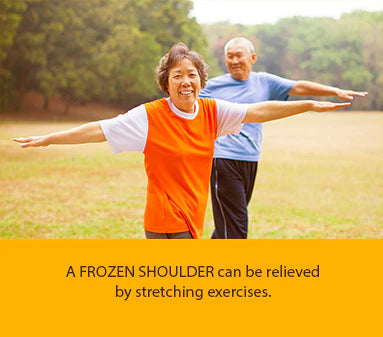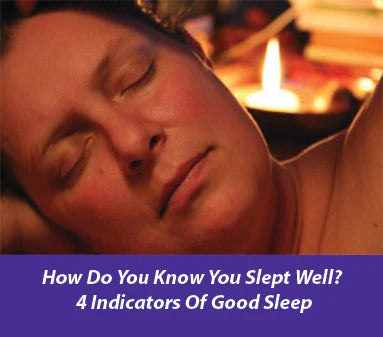The shoulder and elbow are commonly injured parts of the body. Elbow injuries usually result from overuse while the shoulder as one of the most moveable, yet unstable joints, is a site of many injuries.
What is frozen shoulder?
Frozen shoulder is a condition that results in loss of motion and pain or stiffness in the shoulder. The pain and loss of movement can be so severe that the performance of daily activities can become difficult. Also known as adhesive capsulitis, it most commonly affects adults between the ages of 40 and 60 years.
Frozen shoulder causes
Inflammation: Inflammation causes parts of the joint capsule in the shoulder joint to become fibrotic, reducing the volume of the shoulder joint, limiting the shoulder's ability to move and causing the shoulder to freeze.
No obvious cause: Frozen shoulder can happen with no obvious cause, which is known as primary frozen shoulder.
Frozen shoulder risk factors
Primary frozen shoulder is associated with several risk factors, including:
- Age & gender: It tends to affect adults over 40 years and is more common in women.
- Diseases & illnesses: Frozen shoulder also tends to occur more frequently in patients with endocrine disorders such as diabetes, cardiac disease or thyroid problems, Parkinson's disease or if you have undergone surgery.
- Immobility: In secondary frozen shoulder, this can occur commonly after prolonged immobilisation of the shoulder after injury, or due to pain that limits shoulder motion (such as after injury to the rotator cuff muscles of the shoulder) eventually leading to this disease.
Frozen shoulder symptoms
The most obvious symptoms are shoulder pain and a limited range of motion in the shoulder.
You may also have difficulties moving the shoulder normally and engaging in daily activities such as reaching across the table, putting on a shirt and overhead motions like combing hair. Motion is also limited on both passive and active motion.
Often, in the early stages, pain is a predominant symptom, and can affect sleep.
There are 3 stages of a frozen shoulder, namely
- Freezing stage (Stage 1) - This is the painful stage and motion of the shoulder is limited. This stage normally lasts 6-12 weeks.
- Frozen stage (Stage 2) - The pain eases in this stage but the stiffness remains. This stage generally lasts 4 to 6 months.
- Thawing stage (Stage 3) - In the final stage, the motion in the arm gradually improves over a long period. This stage can last more than 1 year.
Frozen shoulder diagnosis
A frozen shoulder can be diagnosed on the basis of medical history and clinical examination. An x-ray or MRI can be used to rule out other causes such as arthritis and rotator cuff tears.
Frozen shoulder treatment
The initial aim of treatment for frozen shoulder is to reduce pain and inflammation as well as increase the range of motion of the shoulder. The course of treatment normally includes medications such as anti-inflammatory drugs. An injection of steroids to reduce the inflammation can sometimes be given. Physical therapy is most useful in restoring full range of motion to the shoulder.
If the frozen shoulder does not respond to non-surgical treatment, then surgery to release or stretch the scar tissue is an option. The most common methods include manipulation under anaesthesia and shoulder arthroscopy.
Manipulation, under anaesthesia, allows the surgeon to move the arm to break up the adhesions. No incisions are made.
In shoulder arthroscopy, a small camera and instruments are inserted through the small incisions made around the shoulder to cut through the tight portions of the joint capsule. Physiotherapy must follow the surgery to minimise the chance of the frozen shoulder returning.



Leave a comment
This site is protected by hCaptcha and the hCaptcha Privacy Policy and Terms of Service apply.